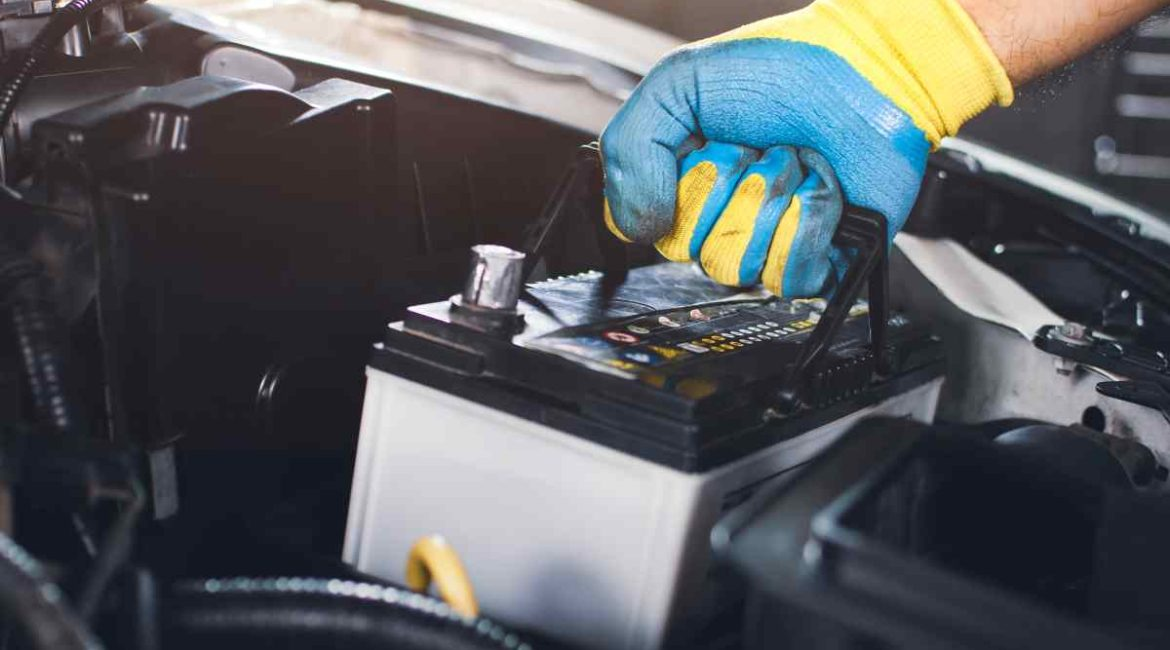Thanks to technological breakthroughs, private aviation is changing remarkably. Along with increasing safety, these innovations make flights more pleasant and environmentally friendly. Imagine using your smartphone to arrange a private jet or advanced systems that reduce fuel use. This article explores the fascinating developments shaping the future of private flying. It explores digital booking, electric aircraft, better air traffic management, and greener travel choices, showcasing how they collectively revolutionize how people fly, making it more accessible, efficient, and environmentally sustainable.
Sustainably Advanced Booking Comes to Private Aviation
The future of private aviation, like private jets, lies in its innovative, tech-driven simplicity and accessibility. Booking systems’ digital connectivity is at the forefront, allowing customers to organize their flights with unmatched freedom and ease. This progression marks a significant departure from traditional reservation methods. Users can navigate various planes and flight schedules using shared mobile applications or online gateways and make reservations quickly.
Private aviation becomes more reasonably priced as the system advances through increased collaboration between airlines, better asset allocation, and increased availability. This newly found accessibility enables a larger population to experience the uniqueness of air travel.
Electric Aircraft Pave the Way for Eco-Friendly Flying
Imagine a world where planes create no pollution and flying is completely green. Electric aircraft are making this vision a reality. They are the frontrunners in sustainable aviation, utilizing cutting-edge technologies to greatly reduce carbon emissions. Even though most electric planes are still being tested, their prospective effects on the business are remarkable.
Electric planes could redefine short-distance travel with quicker advancements in battery performance and electrical propulsion systems. Not only do they reduce the harm done to the environment, but their operational expenses are also lower, indicating that greener flying could soon be within everyone’s reach.
Improvements in Air Traffic Control Increase Efficiency
Imagine an airspace where planes soar smoothly without any delays. This is made possible by the developments in air traffic control systems, which greatly enhance efficiency. These advanced systems enable better communication and coordination between pilots and air traffic controllers. They also assist in more precise route planning and real-time tracking, cutting down on waiting time on the ground and during flight.
Improved air traffic control ensures that airplanes are flown as directly and effectively as possible to simultaneously reduce fuel use and carbon emissions. This greater system efficiency increases air space capacity, providing travelers an even better flying experience.
Flight Experience Improvement with Tailored Technology
Aviation technology advancement made possible by tailored options takes private flight experience to an entirely new level. Through improved connectivity, comfort, and personalization, cutting-edge in-flight systems transform time spent indoors into something extraordinary. Thanks to robust Wi-Fi options and advanced entertainment systems, passengers can easily customize their ambiance, entertainment, and communication requirements using their devices. The meeting space becomes formal with the help of configurable rooms and superior audio-visual equipment.
The attention to detail offered by unique dining alternatives and excellent service guarantees that each journey is memorable personally. High-tech aircraft cabins turn flying into a bespoke retreat wherever you go, cloud or elsewhere.
AI-Driven Predictive Maintenance Enhances Aircraft Reliability
Predictive maintenance driven by artificial intelligence transforms aviation maintenance and guarantees better reliability and fewer unanticipated delays. Artificial intelligence systems can forecast where and when maintenance is required before a problem becomes significant through real-time analysis of enormous volumes of data from aircraft sensors. This lets operators plan off-peak maintenance, reducing disturbance and maximizing fleet availability.
Reduced mechanical problems and enhanced general safety resulting from this help to provide passengers with a more comfortable, dependable flying experience. While keeping flights on schedule, this technology helps lower running costs by avoiding costly emergency repairs and prolonging aircraft lifetime.
Conclusion
The future of private aviation looks bright because of these amazing technological advancements. From improved digital booking systems to electric planes and better air traffic control, each development works towards making flying more practical and comfortable. The emphasis on personalization and sustainability indicates that flying will become even more tailored, within reach, and eco-friendly with time.
These improvements change how we fly and ensure a greener future for aviation. Private aviation will continue to change as technology develops, giving passengers better, greener, more tailored flying choices.









